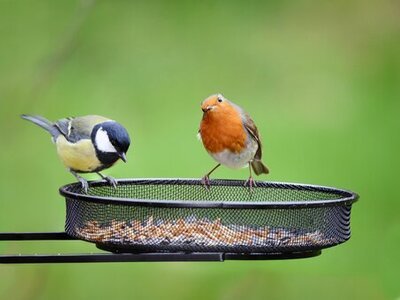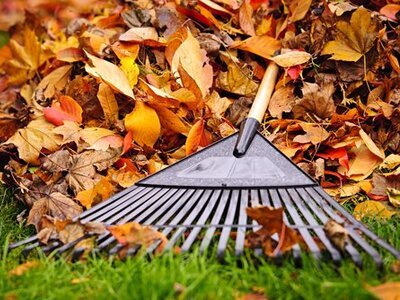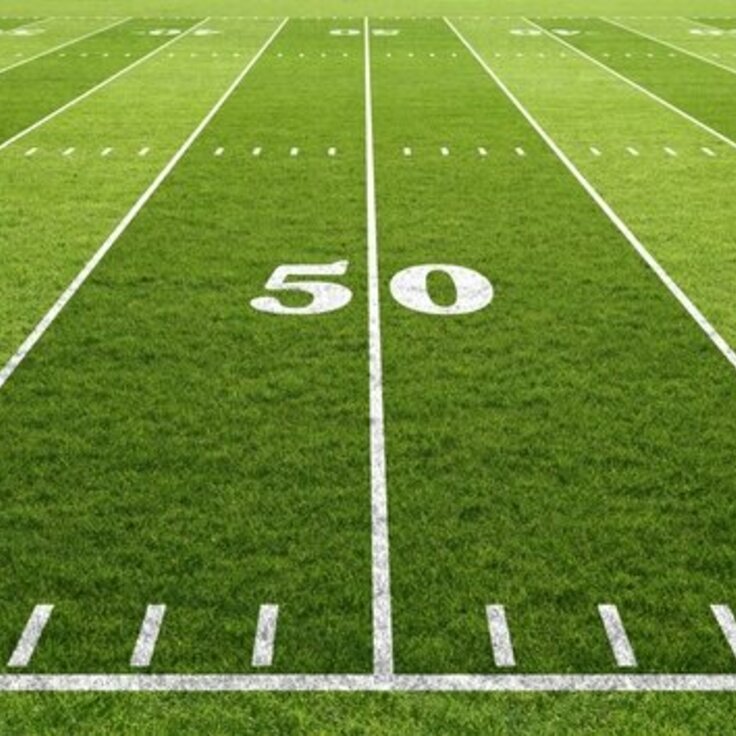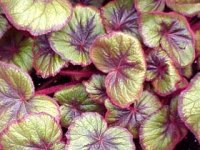Making Use of Gray Water in Your Home
If you have a lawn or garden, it’s currently soaking up to 50 percent of your monthly household water consumption. That’s a lot of water feeding your foliage and inflating your bills!
Inside your home, gray water makes up the largest portion of waste water. The term “gray water” refers to untreated wastewater from bath tubs, showers, bathroom sinks, laundry sinks, and washing machines. This water typically runs down the drain to fill your septic system, but when properly stored and filtered, gray water can be diverted for use in irrigation.
When you pair your expensive landscaping water needs with a gray water filtration system, the result is an eco-friendly solution that saves water, money, and lowers your eco-footprint with each drop.
How Does a Gray Water Filtration System Work?
Very simply, a gray water system collects waste water from home fixtures and appliances (showers, baths, bathroom and laundry room sinks, and the washing machine). The gray water flows down the drain through the pipes and is diverted into a holding tank. The water runs through a filtration system and is then ready to use for irrigation. If the gray water holding tank is full, excess water follows its normal course to the septic system.
Why Should You Go Gray?
It’s no secret that the world’s clean, drinkable water supply is in jeopardy. News of droughts and water-stressed areas are splashed across the headlines. Yet, our water consumption has doubled.1 As individuals and communities, it’s increasingly important we commit to adapting our lifestyles to protect and preserve our natural water resources. A gray water filtration system is one way we can make a difference at a local level.
In addition to reducing our eco-water-footprint, there are important supplemental benefits of incorporating a gray water system in your home, including:
Plant Health: Gray water is ideal for keeping your lawn lush, trees hardy, and ornamental plants blooming. In addition to delivering the water your plants need, gray water also contains organic matter and trace elements that can help feed them.
During times of drought and water restrictions, you can still irrigate by using a gray water filtration system to help your plants thrive during the dry season.
Home Improvement: Use of a gray water filtration system reduces the stress and strain on your septic system which, in turn, reduces maintenance and extends its overall longevity.
With a separate or additional setup, gray water can also be diverted for use in household toilets and recycled for use in washing machines. A standard low-flush toilet uses about 1.6 gallons per flush. Older models consume from 3.5 to 7 gallons per flush.2 When you multiply the gallons per flush by the number of times the toilet is used per day, the water waste quickly adds up! Using a gray water filtration system for indoor fixtures as well as outdoor irrigation can have an even bigger impact on your water preservation efforts.
Monetary Savings: Residual savings such as reduced maintenance for your septic system are a nice perk of gray water filtration systems, but the biggest savings will be seen in your bills.
There are several ways to calculate your lawn water consumption. Online calculators can give you a general estimate of your water consumption. For irrigation, you can also quickly hand calculate how much you are spending on your lawn with a simple equation.
Experts agree that each square foot of lawn needs one inch of water per week to properly saturate the soil for optimum plant growth. Whatever nature does not provide, you provide with home irrigation. It takes approximately 0.62 gallons of water to provide one inch of water per square foot. To determine your basic usage, multiply the total square footage of your lawn by 0.62 gallons, then multiply by the number of weeks you water your lawn during the year. This will give you the total number of gallons of water used per year for irrigation.
Next, find out the charge per gallon of water from your water company and multiply that by the gallons of water used per year for irrigation to determine your yearly cost. This number represents the approximate savings you will have each year if you swap your fresh water irrigation system for a gray water filtration system.
Read more from here at Fix.com








